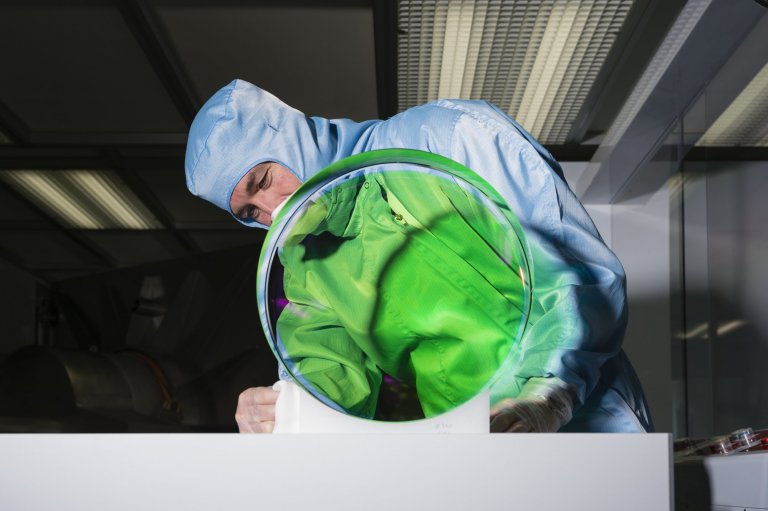
© Cyril FRÉSILLON / LMA / CNRS Images
View the mediaFolder
As is often the case, Einstein was right! A hundred years after his prediction, another door has opened onto our universe…

© Cyril FRÉSILLON / LMA / CNRS Images
View the mediaIn 2015, a hundred years after Einstein published his theory of general relativity, scientists detected gravitational waves for the first time ever, confirming by empirical methods one of his major predictions. The discovery of these infinitesimal disturbances in space-time opens the way to fresh insight into the workings of our Universe. Above all, this is the result of years of perseverance, and the development of extraordinary instrumentation in order to detect these waves.
Come with us behind the scenes to learn more about this incredible discovery, through documents from the archives and recent documentaries on the LIGO and Virgo wave detectors, together with the Planck mission, which has also helped us to better map out the Universe thanks to extremely high quality images.
Our work is guided by the way scientists question the world around them and we translate their research into images to help people to understand the world better and to awaken their curiosity and wonderment.